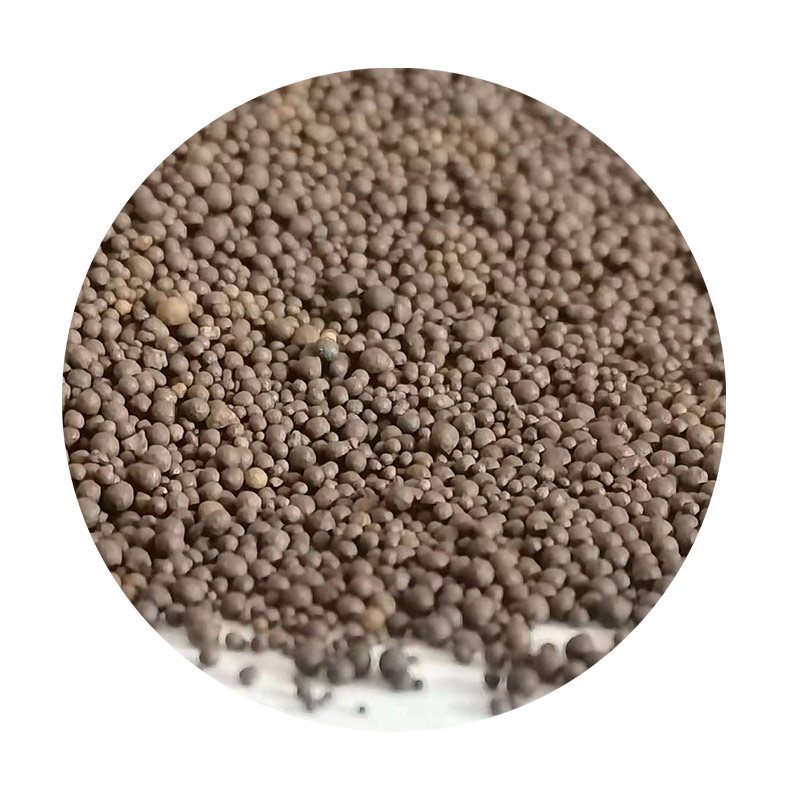What is Sand Casting in Engineering?
Sand casting, a widely utilized manufacturing process in engineering, stands out for its versatility and cost-effectiveness. It is a method that involves pouring molten metal into a sand mold to create various metal parts and components. This technique is favored in both small and large scale production, making it an essential process in various industries including automotive, aerospace, and general manufacturing.
The Sand Casting Process
The sand casting process begins with the creation of a mold, which forms the negative shape of the desired part. The first step involves packing a mixture of sand and a bonding agent, typically clay or resin, around a pattern that replicates the object. This pattern is usually made from metal or plastic, and its design is crucial, as it determines the final shape and dimensions of the cast product.
Once the pattern is firmly encased in the sand mixture, the mold is separated, and the pattern is removed, leaving a hollow cavity in the sand. The two halves of the mold are then reassembled. At this stage, additional features such as gates and risers may be incorporated. Gates are channels through which the molten metal flows into the mold, while risers act as reservoirs to compensate for metal shrinkage as it cools and solidifies.
The next step involves heating the metal to its melting point and carefully pouring it into the cavity of the mold. Once the metal fills the mold and solidifies, the casting process is complete. After allowing the metal to cool sufficiently, the sand mold is broken away to reveal the finished part. This final component typically requires some post-processing steps, such as trimming excess material, polishing, or machining, to meet the desired specifications.
Advantages of Sand Casting
what is sand casting in engineering

One of the primary advantages of sand casting is its flexibility in terms of design and material. The use of sand as a mold material allows for intricate designs with complex geometries, which is often difficult to achieve through other casting methods. Additionally, sand molds can be easily modified for different sizes and shapes, making it ideal for both prototyping and production of custom parts.
Another significant benefit is cost efficiency. The materials needed for sand casting are relatively inexpensive, and the process requires less investment in specialized equipment compared to more advanced casting techniques like die casting or investment casting. This makes sand casting an attractive option for startups and small-scale manufacturers.
Applications in Engineering
Sand casting is widely used in various engineering applications due to its adaptability. In the automotive industry, it is used to manufacture engine blocks, transmission housings, and cylinder heads. The aerospace sector utilizes sand casting for components that require high strength-to-weight ratios, such as bracket supports and engine components.
Moreover, the process is not limited to ferrous metals; it can accommodate a wide range of alloys, including aluminum, bronze, and magnesium. This broad material compatibility makes it a crucial method in producing both ferrous and non-ferrous parts, catering to a diverse set of engineering requirements.
Conclusion
In summary, sand casting represents a foundational process in engineering that combines simplicity, cost-effectiveness, and versatility. By enabling the production of complex shapes and a variety of materials, it continues to play a vital role in modern manufacturing. As industries evolve, the importance of sand casting is likely to persist, proving it as a valuable technique for engineers and manufacturers alike. Whether for prototypes or large-scale production runs, sand casting remains a go-to method for many engineering applications.
Post time:nov . 27, 2024 21:04
Next:Composition Analysis of Foundry Sand and Its Impact on Casting Quality
